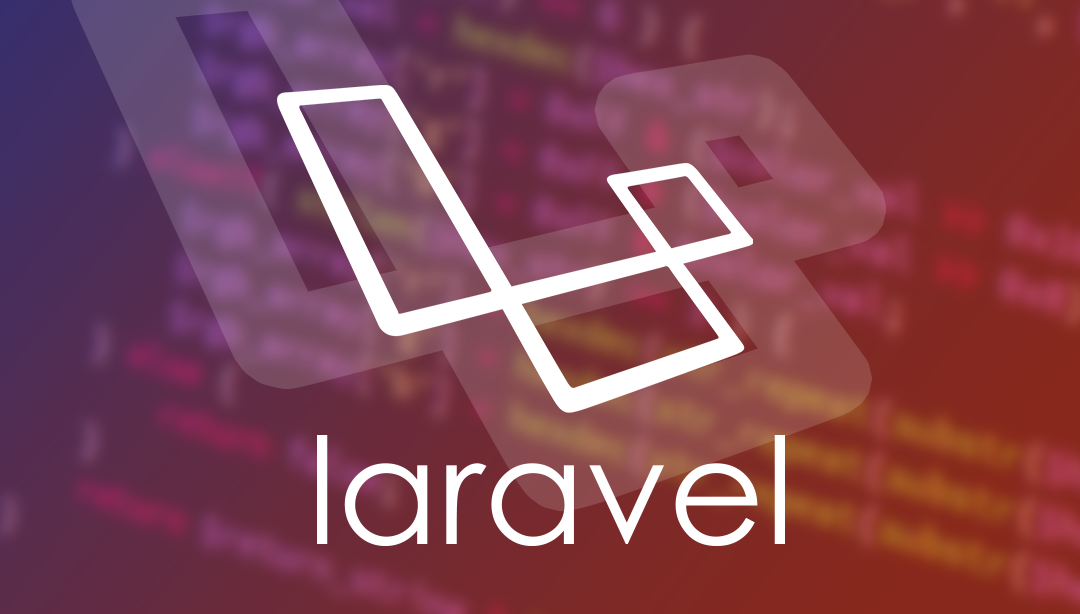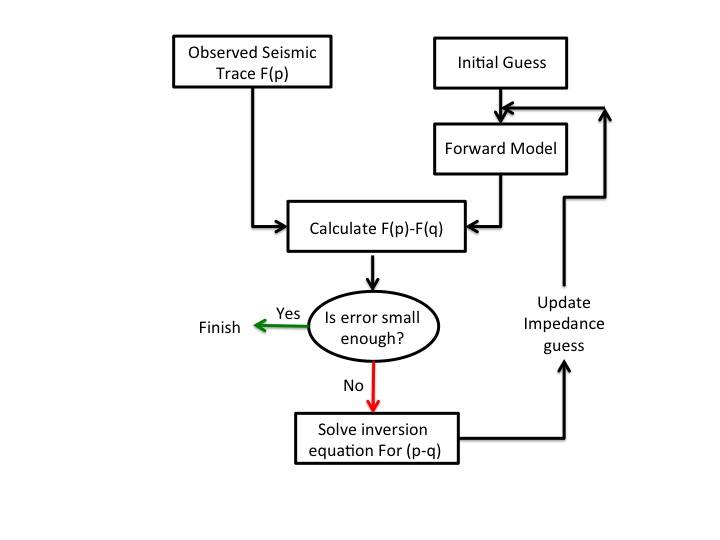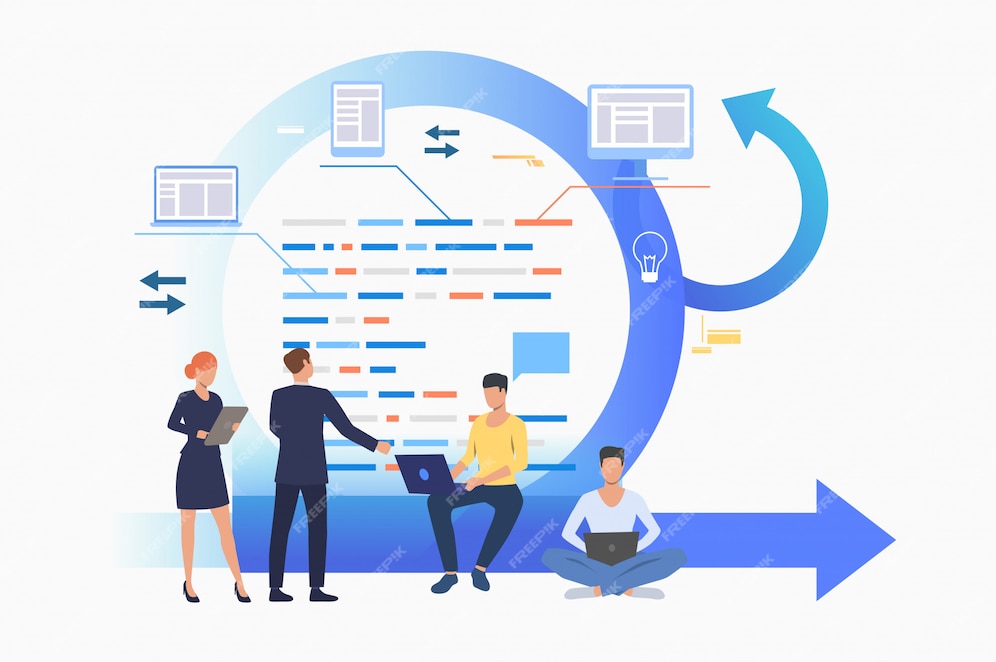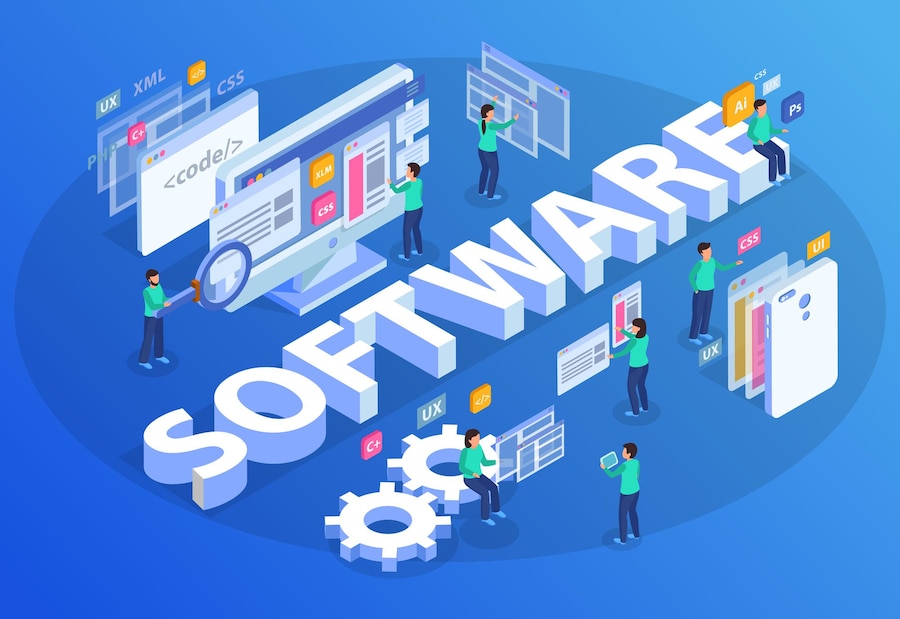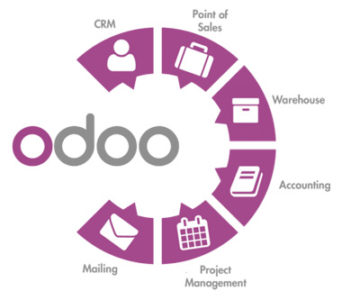Cloud computing revolutionizes the utilization of digital resources by providing users with access to essential facilities and services like computational power and storage resources. These resources are conveniently accessible through network connections, often via the Internet. This transformative technology substantially diminishes the necessity for on-premises servers and hardware. Instead, individuals or clients in need of these resources can establish connections to data centers, which essentially provide “rented” access to their hardware infrastructure.
What is Cloud Computing
Cloud computing’s transformative capabilities have reshaped how we store, process, and access data, offering unparalleled flexibility, scalability, and efficiency. Whether you’re a tech enthusiast, a business owner, or simply curious about the technological foundations of the digital age, understanding cloud computing is crucial in navigating the ever-changing digital landscape.
At its core, cloud computing represents a shift from the traditional model of owning and maintaining physical hardware to a more dynamic and virtualized infrastructure. Gone are the days when organizations had to invest significant capital and resources into building and maintaining their own data centers. Instead, cloud computing enables users to access a vast array of resources, such as servers, storage, databases, networking, software, and more, over the internet. This model not only eliminates the need for extensive on-site hardware but also offers the agility to scale resources up or down based on demand, all while paying only for what is used.
The concept of cloud computing traces its roots back to the 1960s, but it wasn’t until the 21st century that technological advancements and the widespread availability of high-speed internet truly propelled it into the mainstream. Major tech giants like Amazon, Microsoft, Google, and others recognized the potential of delivering computing resources as services over the internet. Today, cloud computing is no longer a mere buzzword; it’s a foundational pillar that underpins everything from e-commerce and entertainment streaming to data analytics and artificial intelligence.
Cloud technologies are widely utilized in development, where applications are typically divided into two parts. The server-side component resides on a cloud server within a data center, while the client-side counterpart can be integrated into a user’s device as software via an installation executable or distributed through platforms like Google Play, Windows Store, or Apple Store. Alternatively, these cloud-based applications can be directly accessed through web browsers, eliminating the need for additional software.
Clouds come in various types based on ownership and access rules: private, public, and hybrid. Private clouds tend to incur higher costs and require extensive management. Consequently, they might trade off some of the inherent benefits of cloud computing, such as the flexibility and cost-effectiveness of public clouds. However, private clouds are essential when organizations need a controlled digital environment with enhanced security. This need often arises in sectors like Healthcare, Fintech, and research and development, where safeguarding sensitive information is paramount.
Approaches to Cloud Infrastructure Deployment
The selection of a cloud deployment model is contingent upon the unique demands of the deployed software. These encompass resource requirements, the specific underlying infrastructure, including components like operating systems, databases, application libraries, runtimes, and servers, among others. Typically, service providers present three primary alternatives:
Infrastructure as a Service (IaaS): IaaS presents the broadest scope, empowering software developers with increased autonomy. This entails running virtual machines using hypervisor software, encompassing computing power, data storage, networking resources, load balancers, and both physical and virtual assets. Alternatively, Linux kernel-based isolated containers can be employed. Essentially, IaaS offers a digital foundation where professionals can install necessary operating systems and application software. Here, users are responsible for maintaining applications and OS by implementing patches and functional updates. Pricing depends on rented resources from data centers and usage during billing periods.
Platform as a Service (PaaS): PaaS furnishes a pre-configured environment for application installation and operation. This encompasses a customer-selected OS, tailored programming language environment, a database with management tools, and a web server. While PaaS centralizes certain aspects under the provider’s management, users have less control compared to IaaS. This focus enables software developers to concentrate on tasks without grappling with intricate infrastructure maintenance.
Software as a Service (SaaS): SaaS lead generation refers to the process of bringing in qualified potential customers and getting them interested in a Software-as-a-Service (SaaS) product. SaaS enables users to access and utilize cloud-installed software through a cloud service provider. It operates on a subscription basis, offering temporary licenses for web-hosted software. Typically featuring a “freemium” model, basic functions are complimentary, with advanced features requiring payment. SaaS spans various specialized programs, like enterprise resource planning, human resource management, and content management systems. Unlike traditional software, SaaS eliminates version conflicts and centralizes updates, enhancing efficiency and accessibility.
The surge in client demands has spurred novel cloud computing models, such as Function as a Service (FaaS) and Mobile Backend as a Service (MBaaS), which are gaining traction gradually.
The Benefits of Cloud Computing in Software Development
Cost Efficiency and Financial Predictability:
- Cloud computing’s foremost advantage lies in its cost reduction when compared to traditional hardware purchases.
- Some models offer free tiers with basic services, while more comprehensive features require monthly or annual subscriptions.
- Expenses are better managed due to predictable pricing models, eradicating unexpected costs associated with hardware failures.
Location-Independent Development and Global Reach:
- Cloud services are globally accessible, allowing clients to leverage cloud technologies from any place with internet connectivity.
- Development teams can be geographically dispersed, capitalizing on worldwide access to cloud resources.
- Applications deployed in the cloud have a broad user reach, facilitated by optimized latency and minimal hardware specifications on user devices.
Enhanced Scalability and Reduced Maintenance:
- Cloud technologies offer seamless resource scaling, accommodating changing demands by adding or removing resources as necessary.
- Horizontal and vertical scaling options are typically available, allowing for flexible adjustments based on preset configurations.
- Maintenance burdens are alleviated as cloud service providers handle hardware and software upkeep, reducing the need for on-premises maintenance.
Robust Security and Streamlined Disaster Recovery:
- Cloud service providers prioritize data protection measures to safeguard their reputation and clients’ information.
- Distributed data storage and backup mechanisms significantly reduce the risk of data loss compared to on-premises storage.
Heightened Collaboration and Productivity:
- Cloud environments foster collaborative work by enabling simultaneous contributions to projects by multiple team members.
- Task, project, and enterprise management systems integrated within cloud technologies enhance productivity and streamline operations.
These benefits collectively underscore how cloud computing revolutionizes software development, driving innovation, efficiency, and global accessibility.
Critical Challenges in Cloud-Based Software Engineering
-
Data Security and Privacy Concerns:
- The risk of data breaches and unauthorized access due to the shared infrastructure and remote storage of cloud environments.
- Compliance challenges in adhering to data protection regulations, such as GDPR or HIPAA, when using third-party cloud providers.
- Downtime and Service Reliability:
- Potential disruptions and downtime due to cloud service outages, impacting businesses relying heavily on cloud infrastructure.
- Reliability concerns arising from technical issues within the chosen cloud provider or failure to meet service commitments.
- Vendor Lock-In and Lack of Control:
- Dependence on a specific cloud provider’s ecosystem, limiting flexibility and complicating migration to other platforms.
- Reduced control over underlying hardware, software, and infrastructure configurations, potentially hindering troubleshooting and optimization efforts.
Addressing these challenges proactively and implementing appropriate strategies is crucial for successful and secure cloud-based software engineering projects.
In Conclusion
Benefiting from its multitude of merits, cloud computing has evolved into a prevalent norm within the realm of software engineering. At iSKY.SOLUTIONS, we not only embrace but also adeptly apply cloud technologies. Our experts grasp the significance of cloud computing and have honed their prowess in integrating them into tailor-made software solutions. Feel free to get in touch with us for a seasoned perspective. We can provide valuable insights based on our experience, helping you evaluate potential risks and determine suitable solutions.



